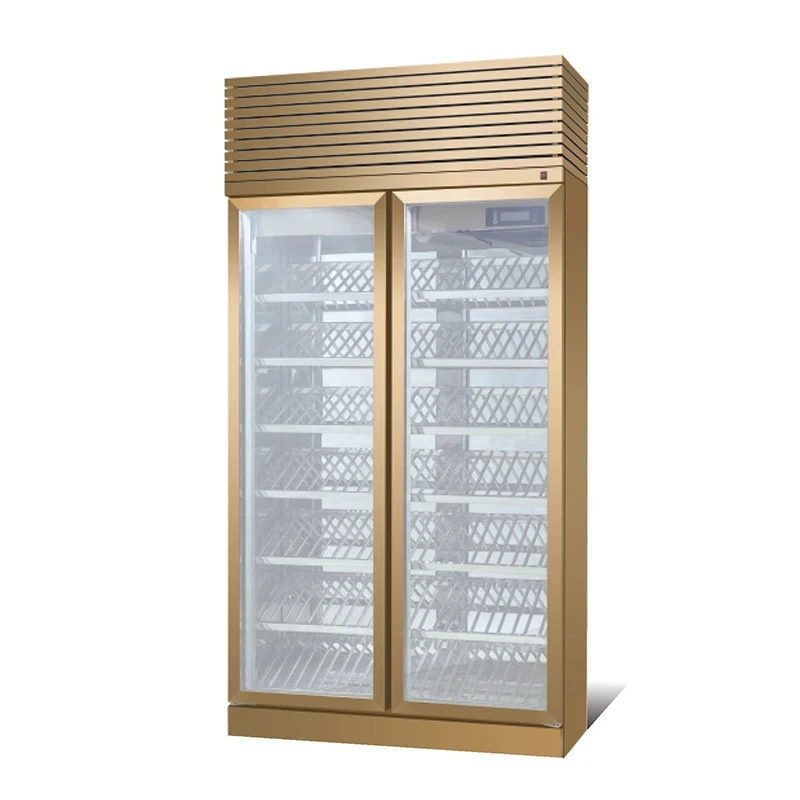Email format error
Email cannot be empty
Email already exists
6-20 characters(letters plus numbers only)
The password is inconsistent
Email format error
Email cannot be empty
Email does not exist
6-20 characters(letters plus numbers only)
The password is inconsistent


A wine cabinet, as an essential component of wine collections, serves not only as a practical storage unit but also as a crucial element in maintaining the quality of wines. In this blog, we delve into various aspects of wine cabinets, from distinguishing types to exploring the latest technological trends, aiming to assist you in making informed choices and gaining a deeper understanding of this indispensable accessory.
Preserving the quality of wines is both a technical skill and an art. Temperature control stands out as one of the key factors, and different types of wines have unique storage requirements.
Built-In Wine Cabinets
Built-in wine cabinets are favored for their exquisite design and minimal space requirements. Ideal for luxury kitchens or dining areas, they provide an optimal storage environment for wines.
Freestanding Wine Cabinets
Freestanding wine cabinets offer more diversity in structure and design, providing greater installation flexibility. Suitable for various spaces, they are an ideal choice for wine collectors.
Dual-Zone Wine Cabinets
Dual-zone wine cabinets, by providing different temperature zones, allow for simultaneous storage of red and white wines. This flexibility makes them the preferred choice for collectors with specific wine variety requirements.
Energy Efficiency and Environmental Considerations
To better protect our planet, it is essential to focus on the energy efficiency and environmental impact of wine cabinets. By choosing energy-efficient cabinets and utilizing eco-friendly materials, we can reduce energy consumption while preserving wine.
Technological Trends in Wine Cabinet Refrigeration
With continuous technological advancements, smart wine cabinets and advanced refrigeration systems have become the new trends. Smart control systems and innovative technologies not only enhance operational convenience but also make wine cabinets more intelligent and efficient.
Supplier Selection and Evaluation
Selecting a reliable supplier is crucial when choosing a wine cabinet. We explore key points in choosing a suitable supplier and compare different brands based on customer reviews.
By following these detailed installation and maintenance steps, you ensure that your wine cabinet functions efficiently, providing the ideal environment for preserving your valuable wine collection. Regular care and attention will contribute to the longevity and optimal performance of your wine cabinet.